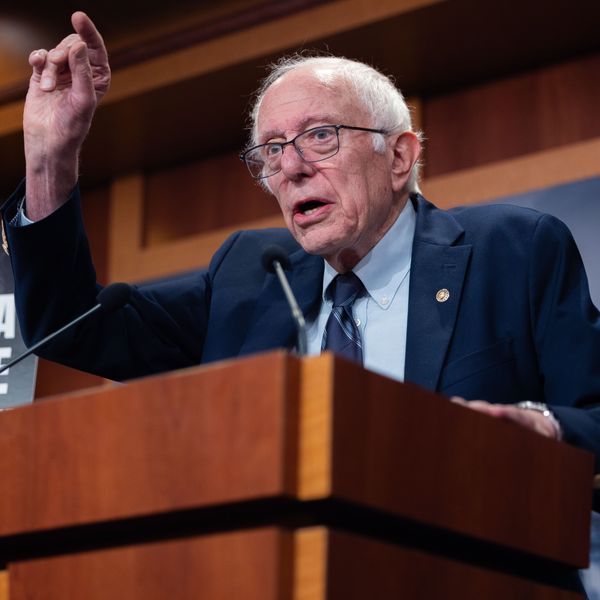Single-payer health care reform (some call it improved and expanded Medicare for all for life) isn't just good for those folks under 65 who aren't yet on Medicare. Single-payer financing for our health care system isn't just good for public budgets and business bottom lines. Single-payer health care reform would allow most of us to spend a lot less than we do now on health care costs.
Take this scenario. A 70-year-old, retired Social Security recipient who is receiving $1,632 in monthly benefit payments and who has no other pension or retirement funds is paying 33 percent of his monthly income for health care costs.
- A $104.90 premium payment to Medicare for his Part B coverage comes directly out of his Social Security benefits;
- His Medicare Part D coverage premium is approximately $40;
- His Medicare supplemental coverage is $206 each month;
- Additionally, his other out-of-pocket medical costs have averaged another $200 each month;
- He has also paid into the Medicare system for more than four decades of his working life.
That's a whopping $550.90 per month or 33 percent of that $1,632 per month income.
In contrast, a U.S. resident who makes $200,000 per year and purchases a top-shelf, private health policy at a cost of $1,300 per month (and also has out-of-pocket costs of $200 more per month) spends 9 percent of his or her income on health care costs.
You can imagine how awful this looks if we were to look at the figures for those earning even more than $200,000 per year! For example, someone making $1,000,000 per year pays less than 2 percent towards health costs.
Under a single-payer health care system, with progressive funding sources, this picture would be very different. For example, under the national improved and expanded Medicare for all for life bill, HR676, the costs to individuals look like this: Increasing personal income taxes on the top 5% of income earners, instituting a modest tax on unearned income, instituting a modest and progressive tax on payroll (no more than 6 percent), self-employment, and instituting a small tax on stock and bond transactions. More specifically, these plans work to fulfill funding for the bill and provide comprehensive health care for all. (See Prof. GeraldFriedman's 2013 analysis.)
So, our retired person on Social Security benefits? He would pay $48.96 each month (or 3 percent) for his health care - all of it. Imagine that. And that family earning more than $200,000 would pay $1,200 per month (6 percent). Only those making more than $225,000 would be subject to a high-income surtax of an additional 6 percent. This is what fairness is in health system financing.
Imagine that. What's the secret? It is single-payer's much more equitable financing structure and its universality. It is that simple. Single-payer reform is good for all of us. Won't you join us in our critical work to advance the kind of financing the U.S. health care system needs?
In short, I do not need an economist, an investment advisor, or a politician to tell me I spend too much on medical care and costs. I need an improved and expanded medicare for all for life system. My alternative is to just die, and I'm not ready.


